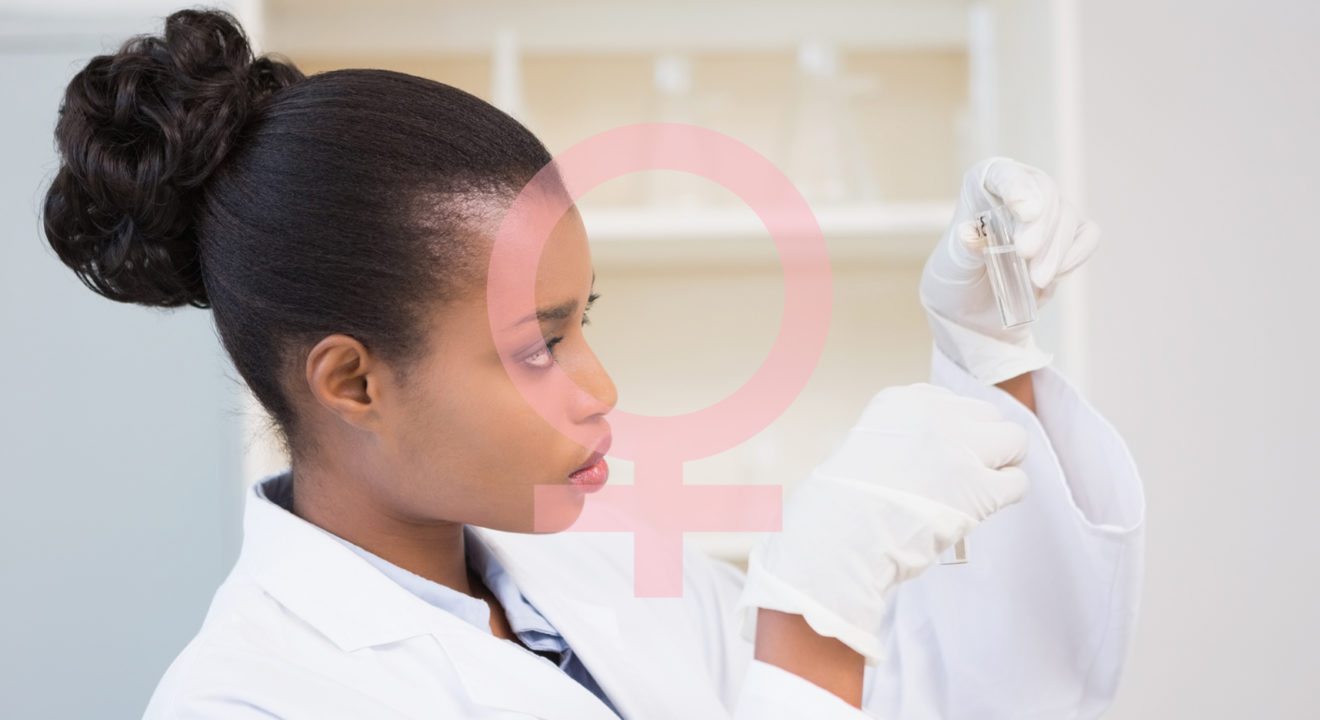Culture August 9, 2016


What’s the stereotype you think of when you think of a scientist? Maybe you think of a mad scientist – that old guy with crazy hair and a white lab coat. Maybe you think of Doc Brown from “Back to the Future” or even Einstein.
Unfortunately, the word “scientist” usually conjures up images of only men. We see and know of few women having a place in STEM (Science Technology Engineering and Mathematics).
According to a 2011 survey from the U.S. Department of Commerce, only 24 percent of STEM jobs are held by women. To combat this incredible imbalance, there is currently a STEM initiative to get more girls into these areas at a young age. The White House has taken a particular interest and is developing programs that will encourage, rather than deter, young women from choosing careers in STEM.
Zoe Rogers, an MIT alum and bioengineering Ph.D. student at Stanford, became interested in STEM at the age of 15, which is around the same age that the White House and other organizations like Girls who Code aim to target.
“When I was 15, I went to UCSD for the COSMOS summer program and spent a month studying science,” Rogers says. “The two professors that ran my program were both awesome and they were both women, which I know now is extremely rare. Anyway, I was blown away by them, and I decided that I should do everything I could to be just like them.”
Rogers also described how she currently tutors girls the same age trying to inspire them to get into the sciences.
“I am a firm believer that there is a crucial point in high school when girls tend to decide whether they are ‘sciency; or not. I see this a lot actually because I tutor middle school and high school-aged girls in math and science, so I have watched many of my girls proclaim, ‘I am just better at history.’ This really breaks my heart. I think that it is experiences like COSMOS that can really keep girls motivated throughout high school so that they are more likely to study STEM in college.”
Thankfully, Rogers herself hasn’t faced much inner department sexism. In fact, according to her, she found that there were actually more women than men in her department. Rogers stated, “Classes at both schools are largely 50/50 in the student body as a whole, but in the Biology department at MIT and in the Genetics program at Stanford, my graduating class was (and will be) female*dominated in numbers.”
Statistics from The National Girls Collaborative Project found about the same. “Female scientists and engineers are concentrated in different occupations than are men, with relatively high shares of women in the social sciences (62%) and biological, agricultural, and environmental life sciences (48%) and relatively low shares in engineering (15%) and computer and mathematical sciences (25%).”